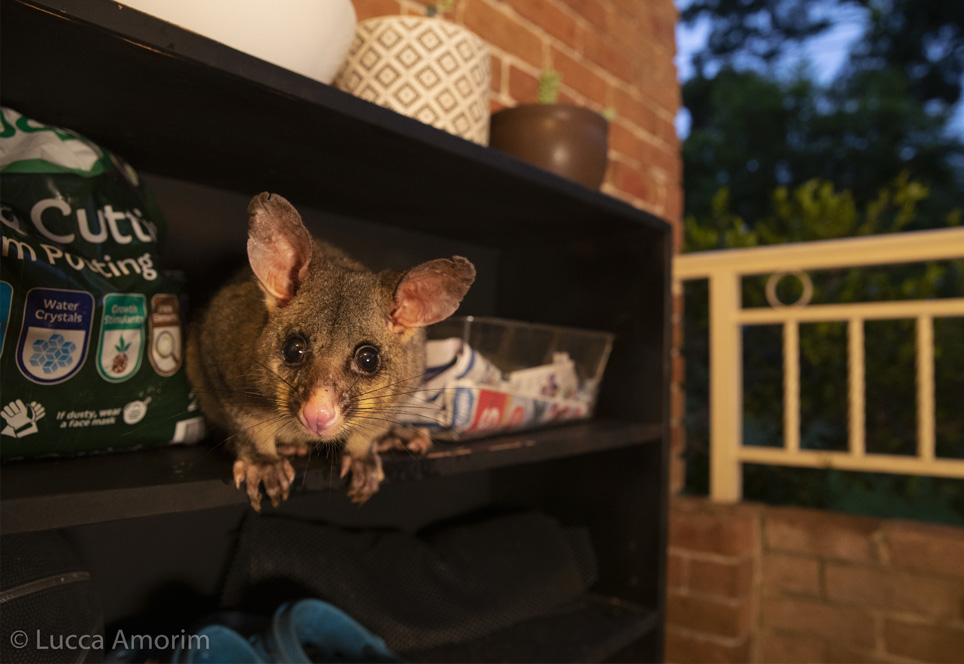The nature that surrounds the city’s busy everyday life
Wild Inhabitants of the city
Wild animals are considered to be inhabitants of forests, parks and reserves. However, due to the rise of urban centres, many natural habitats have been exchanged for tall buildings and human-made structures. Nevertheless, some animals have learned to adapt to these challenging new times and have also developed a harmonious relationship with humans and have benefitted from the urbanization process.
Creatures that inhabit these urban areas thrive and procreate in these busy places and form interesting bonds with the humans that inhabit their realm. Therefore, equipped with a keen eye for wildlife and my camera, I decided to capture what urban life is for some species that inhabit Australian urban areas. Without further ado, here is my experience capturing the lives of some of the city’s animals.
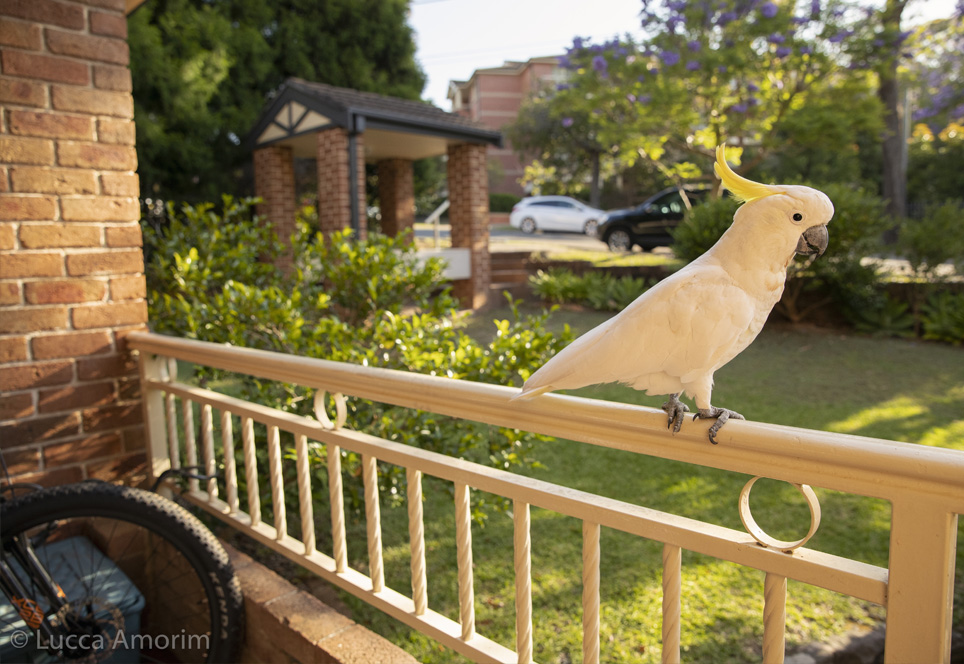
The Furry Thieves
Operating under the darkness of night, Common Brushtail Possums ravage bins and invade balconies searching for nourishment. Lucky for them, there is plenty of leftover food for these furry creatures to feed off and plunder. But what is genuinely intriguing, is how well possums have adapted to these busy scenarios and how they have traded hollow tree shelters for small human-made structures in the heart of busy suburbs.

Succeeding a fair amount of observation and research, I discovered a small population of Common Brushtail Possums in a suburban area which peacefully coexisted with the surrounding residencies and humans. Without much fright, they would socialize with each other and feed throughout the night. Perhaps, what struck me the hardest was how these small possums interacted with humans. For instance, a particular Brushtail-Possum started showing up occasionally on our balcony to rest the day off inside a cozy wooden box on top of our shelf. Indeed an incredible experience for any mere observer.
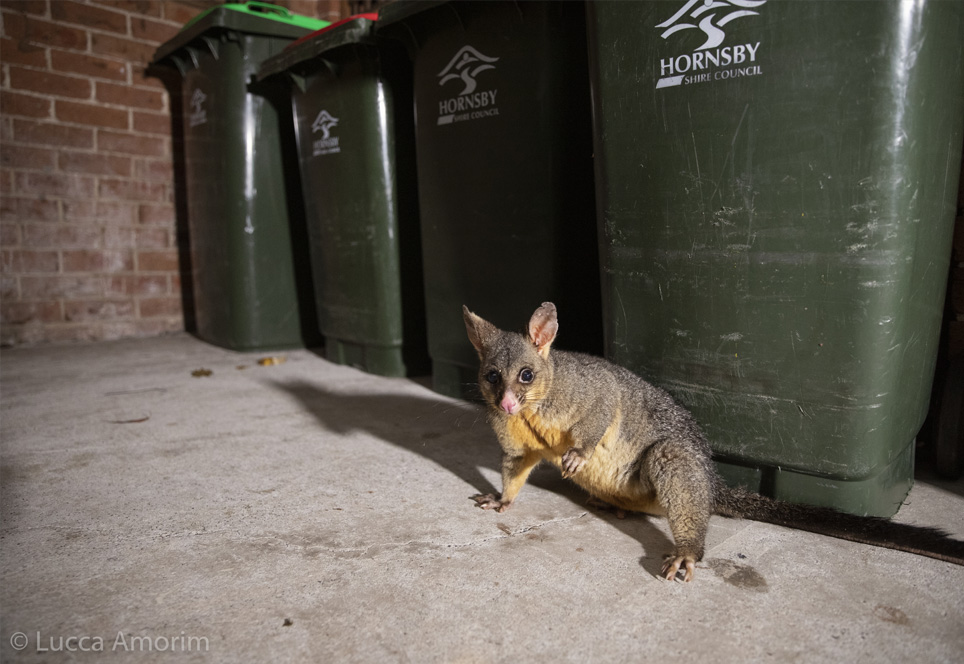
However, the busy city life can also be very stressful and unnatural. As nocturnal animals, Possums rarely are awake during daylight hours. Nevertheless, due to the loud city noise, Possums are easily awoken from their rest and will sometimes wander around their shelter in search of food. These few possums that explore the daytime hours have found less competition for food between other members of their species and have learnt to rely on their other senses instead of eyesight.
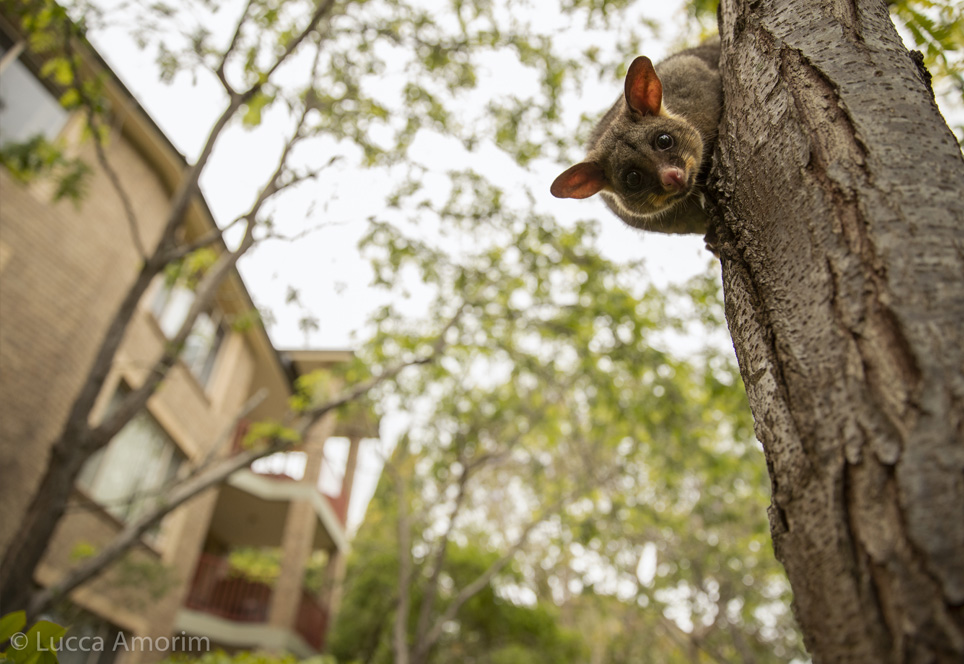
The Winged Salesmen
Dextrous and displaying their beautiful white feathers, Sulphur-crested cockatoos rule over the urban skies. Curious and witty, they exploit the city life to their benefit. Much like salespeople, cockatoos in some areas fly willingly into balconies and convince humans to feed them. Therefore, symbiotically coexisting with humans in the urban habitat and benefiting from people.
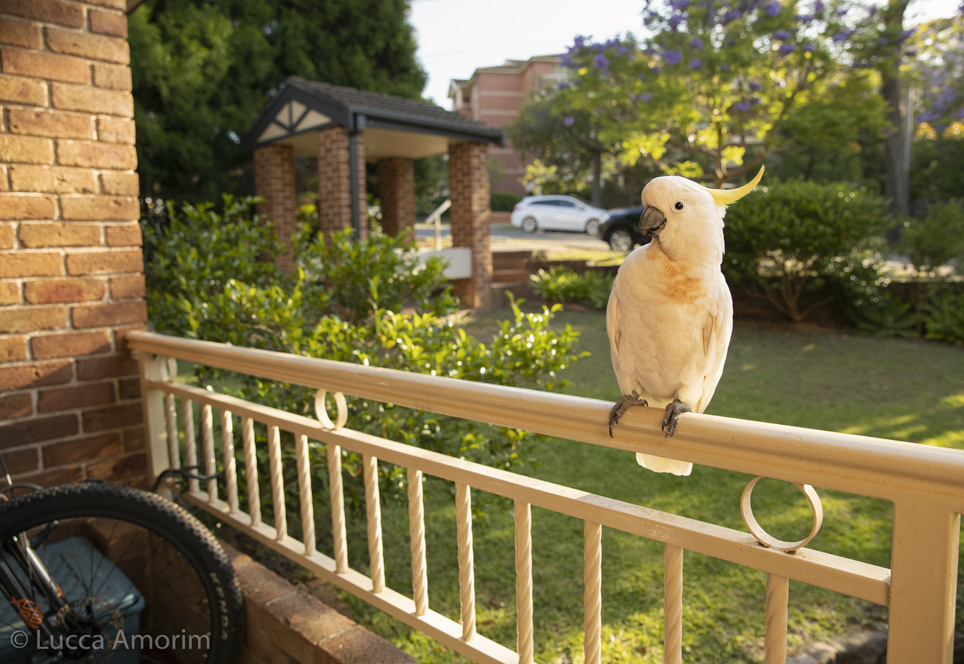
However, what surprised me the most while observing them is how intelligent and observant they are. For instance, when presented with a feeding opportunity, they will first fly above their feeding species members to land nearby and copy the neighbouring bird’s behaviour to benefit from the food opportunity. However, much like us, greed and jealousy are common problems among them. Therefore, leading the birds to argue and fight over leftovers.
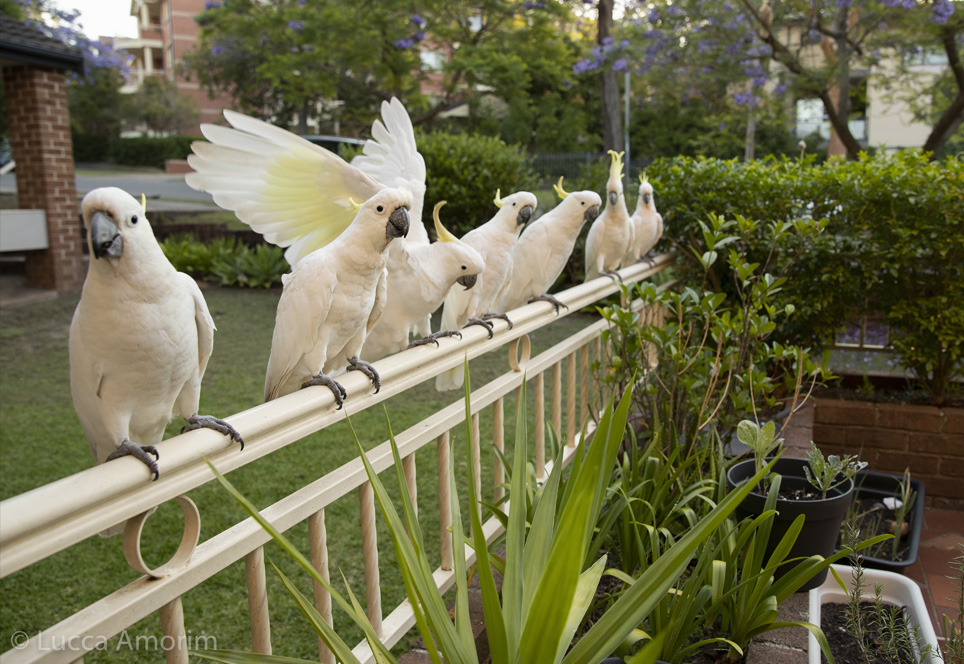
The feathered treasure hunters
Similar to humans in search of bargains, Australian Brush Turkeys scour the urban environment in search of food. Equipped with long rake-like feet, they use their extended claws and elongated fingers to brush the soil in search of nourishment. As they patiently search each spot in which they stop, they observe their surroundings attentively and cautiously with hopes of avoiding danger. However, much like the other species that live near urban environments, turkeys have also adapted to the city's business and developed a peaceful coexistence with humans.
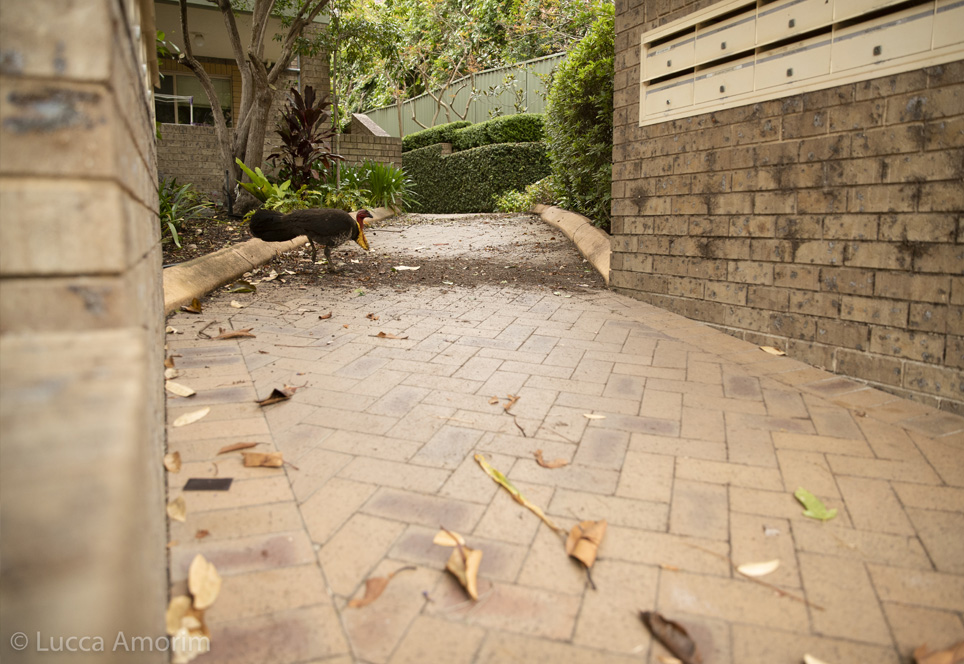
Benefiting from people and their waste, turkeys ravage areas near trash cans in search of agglomerated insects. Thus, making their daily food search much more comfortable and hassle-free than their usual routine. Brush Turkeys have also found shelter in backyards or gardens, in which they build large nests and raise their young. Therefore, giving continuity to the enduring coexistence between animals and humans.
Being a good neighbour
Humans also have their part to play in this new and everchanging scenario. Like apartment complexes where people have responsibilities towards their neighbour's wellbeing, we are also accountable for the animals that share this urban environment with us. Most importantly, we are, in fact, the most significant factor in which their survival relies on. Therefore, contributing to the coexistence and peace between species.
Helping is easier than it seems. For most people, helping can be as simple as leaving water on balconies for thirsty animals or ensuring an animal is not disturbed while resting or rescuing injured wildlife. However, much more can be done —for instance, allowing a wild animal to take shelter in a backyard during a storm, volunteering as a carer for injured wildlife, or even building houses for birds in need of a home. Above all else, the only way to truly help our wild neighbours is to respect them. Thus, conserving local wildlife and ensuring the best outcome for all species.
